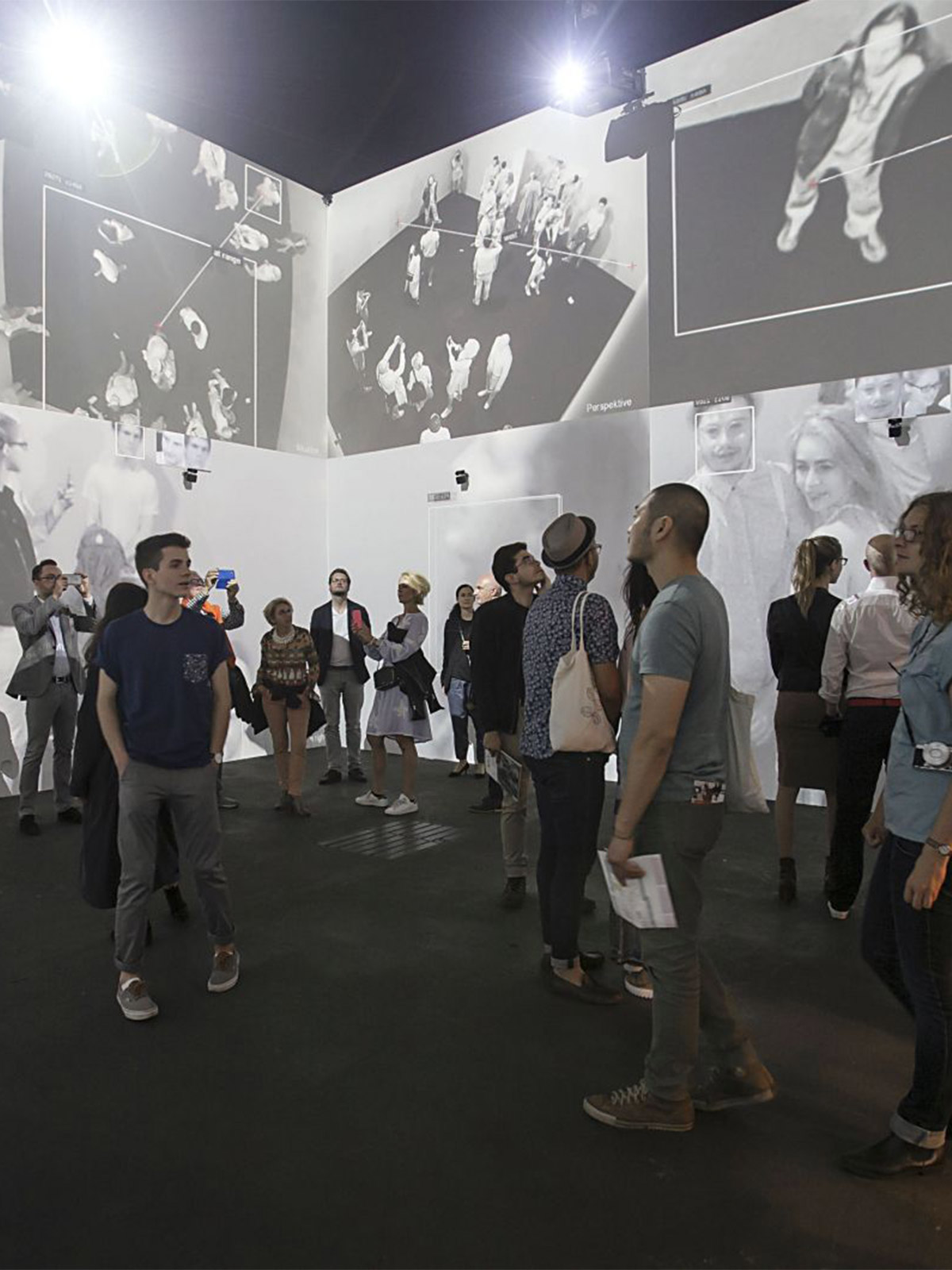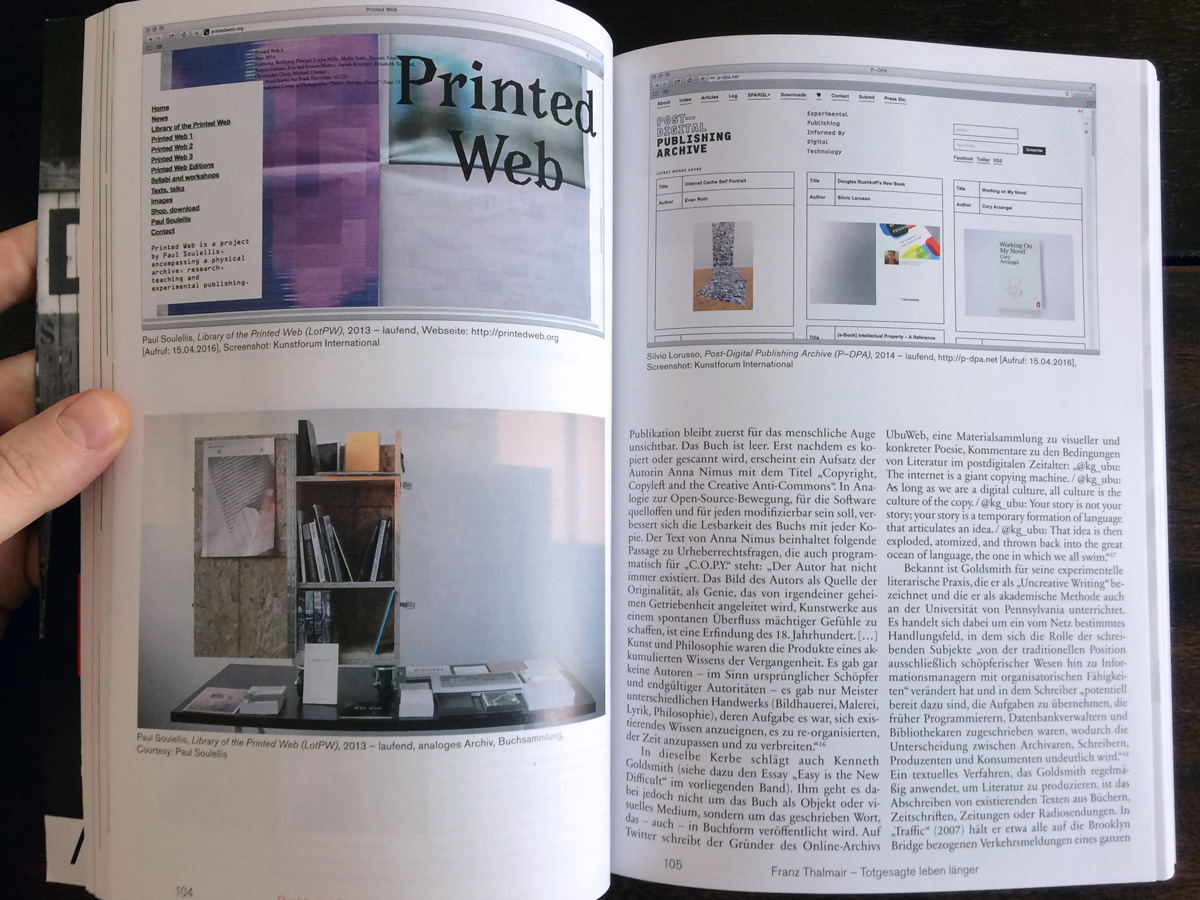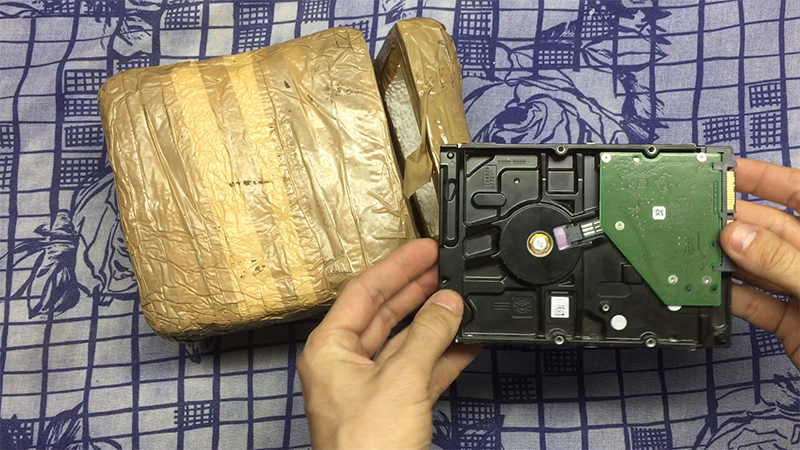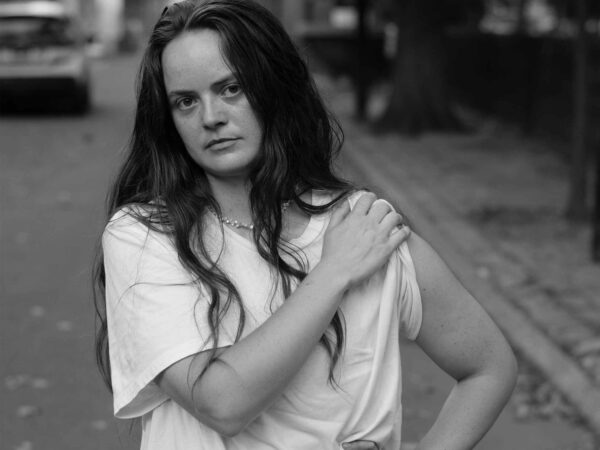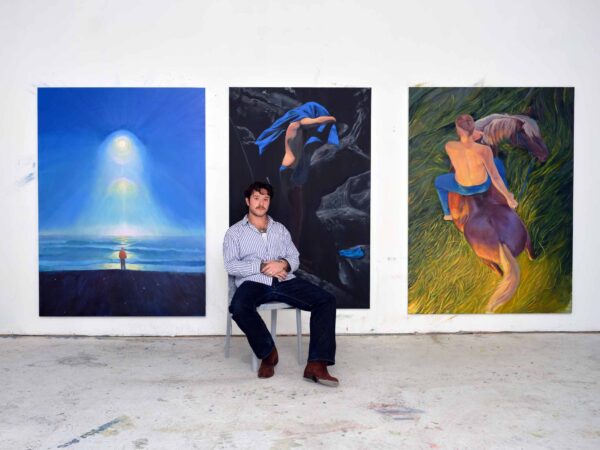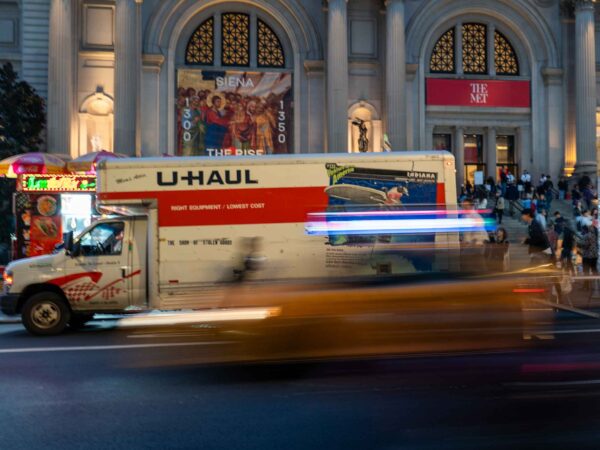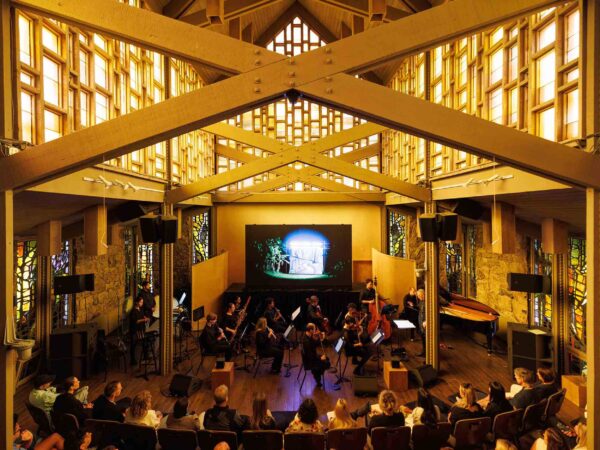At Art Basel in Miami Beach, Document Journal hosted two panels which explored different perspectives from around the globe to reveal the inner workings of society and technology.
Miami Beach may be known for countless art fairs like Art Basel in Miami Beach, NADA, Design Miami, and Untitled, and the infinite amount of parties each night that can take you well into the next morning. But, what may be less discussed, are the talks that seek to enlighten, educate, and provoke. For this year’s Art Basel, Document Journal curated a series of talks for Prada Mode, its three-day takeover of The Freehand Miami Beach, that included poolside lounging, drinks, a restaurant, and parties each night. The discussions showed different perspectives from around the globe to reveal the inner workings of society and technology.
On December 5, Document hosted the first talk, “Digital Exhaust: The Art of Data and Surveillance,” which probed the limits of human communication and its relation to human identity. Art in America associate editor Brian Droitcour moderated the discussion, which featured artists Lara Baladi, Rafael Lozano-Hemmer, and Franco Mattes. The following are extractions from the conversation.
Dark Content – Trailer from Eva and Franco Mattes on Vimeo.
Franco and Eva Mattes, the net art pioneers using dark humor to illustrate serious issues:
“IT companies such as Google or Amazon are able to access a lot of our supposedly private data. In some cases we provide the content voluntarily, for instance when posting an image on social media. In other cases the process is less conscious, like when we rely on the cloud systems to pick up our datas. Governments, too, have access to most of our data. In other words, the storage of observation and archiving of our phone calls, emails, and interactions, is built into the very infrastructure we use to communicate. But how is this data stored? How can they be used? Who has access to them, and for how long?”
“Pulse Index” at MCA Sydney (2011) by Rafael Lozano-Hemmer from bitforms gallery on Vimeo.
Rafael Lozano-Hemmer, the groundbreaking surveillance artist predicting your every step:
“I grew up in communist Poland where it’s illegal for three people to meet in a public space, because it’s seen as the beginning of some kind of protest or something. We developed this tracking system called Zoom Pavilion, which doesn’t detect individuals, it detects individuals’ relationships to each other, so it tracks it the distance between two or more participants, how far away they are from each other, and for how long. If they are very close, then it marks this as suspicious behavior. There is an archive showing you everybody’s position in relationship to everybody else…the pieces are always in that line of that seduction of participation of selfies and reality TV, and then the ominous, predatory, Orwellian view of what this technology means and how to make that visible.”
Lara Baladi, the Egyptian-Lebanese artist and activist changing our perception of protest:
“When the uprising started, I immediately went to [Tahrir Square], but I also immediately started taking different notes and collecting different kinds of conversations on what was happening as we spoke—the kinds of things that were being shared, and how people were responding to the situation…I was looking at the resonance and repetition of iconography that comes from protest and uprisings throughout history.”
The following day, Document presented “Virtual/Reality: Digital Media Goes Offline.” Amy Zion spoke to artists Mina Cheon, Nestor Siré and Julia Weist, and Paul Soulellis about their work. Here are some highlights:
Paul Soulellis, the artist and graphic designer behind Library of the Printed Web and queer.archive.work:
“My aim now is to work with artists and writers to bring queer methodologies into view—not as an alternative, but as fact. To make this work visible in the present, and to let it mingle, and to enable and construct new relationships between artists. It’s an attempt to move far beyond the printed web. It’s an urgent act that rejects normative narratives, an experiment in publishing as practice as resistance.”
Julia Weist, whose work with Nestor Siré traces Cuba’s underground internet network:
“We decided to create an archive, and we decided to do it for one year—52 terabytes—and so much of the project became about how to get technological equipment into and out of the country. Everything we did in the project fit in both the regulations on the US and Cuban side…The Paquete, being the first independent media platform, is very significant because it’s the first opportunity for circulating advertising materials.
We were interested in distributing a video in Art Section of someone just navigating the internet, with a fast connection, uncensored, and just showing that experience, but that’s a liberal gesture, so we had an idea that if we got a superstar, it would transcend the political, and just become pop culture, so through a crazy series of events, we convinced Mark Ruffalo to let us record him Googling himself and [buying] slippers on Etsy, and [talking] about his internet use. The creators of the Paquete deemed one thing that he said to be too political, so we showed the original content in comparison to what was saved for circulation.”
Mina Cheon work sample from Mina Cheon on Vimeo.
Mina Cheon, the new media maverick sending art lessons into North Korea, and sharing South Korea’s Choco Pie with the world:
“South Koreans would gift Choco Pie to North Koreans as a way to give them thanks, because they weren’t allowed to give them anything. So, the laborers would take the pie, and it was like a viral circulation of doing a favor. The original manufacturer wanted to sponsor my sharing this knowledge [with] the world.”


